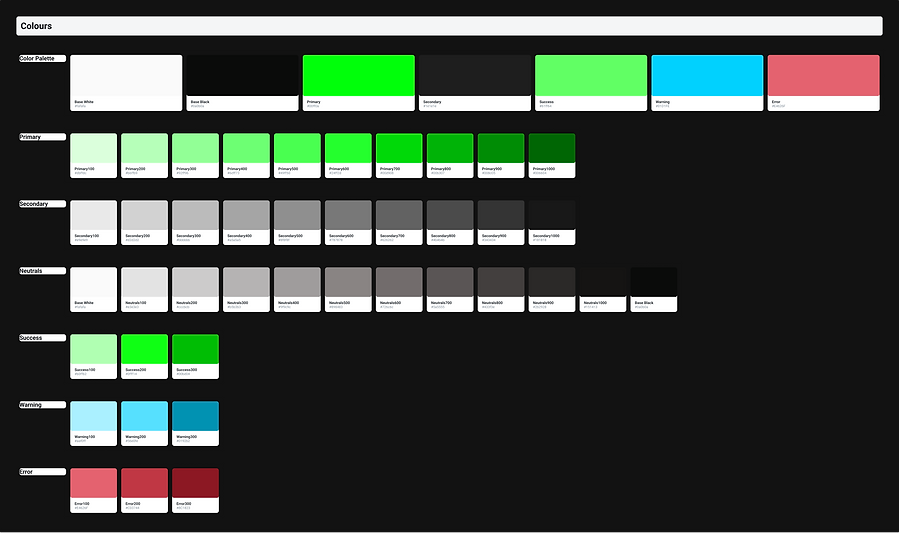Verve
Graphic Design | User Experience | Web Design
The "Design Beyond Boundaries" project focuses on creating a digital blueprint for Verve, a graphic design service website. The project aims to develop a user-friendly and visually appealing website that effectively showcases Verve's creative expertise in various graphic design services.

01
Overview
Description
The project involves crafting wireframes to establish the foundation for a website dedicated to Verve's dynamic graphic design services. The design emphasizes user-centric navigation and presentation, ensuring that users can seamlessly explore Verve's offerings, including web graphics, branding, print media, and digital artistry.
Responsibility and Role
-
Wireframing: Developed low-fidelity prototypes to explore design concepts.
-
UI Design: Created visually stunning and intuitive user interfaces.
-
Prototyping: Built interactive prototypes to test design interactions.
Tools
Figma
Duration
3 months

02
Problem Statement
To create a website for Verve that stands out by providing an intuitive, informative, and visually appealing user experience that highlights the company's diverse graphic design services.
Features
Goals
03
Develop a user-friendly website with seamless navigation.
Showcase Verve's diverse graphic design services effectively.
Create an engaging and visually appealing digital experience.
Design Timeline
Target Audience
Businesses and individuals seeking professional graphic design services, ranging from web graphics to branding and print media.
05
User Research
Conducted user interviews and surveys to gather insights on user preferences and pain points, focusing on what users value in a graphic design service website.
Competitive Analysis
Features
A.
User-friendly navigation
B.
Comprehensive service listings
C.
Interactive prototypes
D.
High-quality visual design
E.
Seamless user experience
Quantitative Research
Collected data through surveys and web analytics to understand user behavior and preferences.
Screeners
Identified potential participants for user research based on their experience with graphic design services and frequency of use.
Observations
We observed user interactions with similar websites to identify common pain points and areas for improvement.
Information Architecture
Visual representation of the user's path from the landing page to service selection and feedback submission. This includes key steps such as browsing services, reading testimonials, making a purchase, and submitting feedback.
Style Guide

Prototype

Key Takeaway
1
User-centric design is crucial for creating an engaging website.
2
Clear navigation and high-quality visuals enhance user experience.
3
Continuous user feedback helps refine and improve the design.
Roadmap
-
Phase 1: Launch the initial website with core features.
-
Phase 2: Collect user feedback and make necessary improvements.
-
Phase 3: Expand service offerings and introduce new interactive elements.



